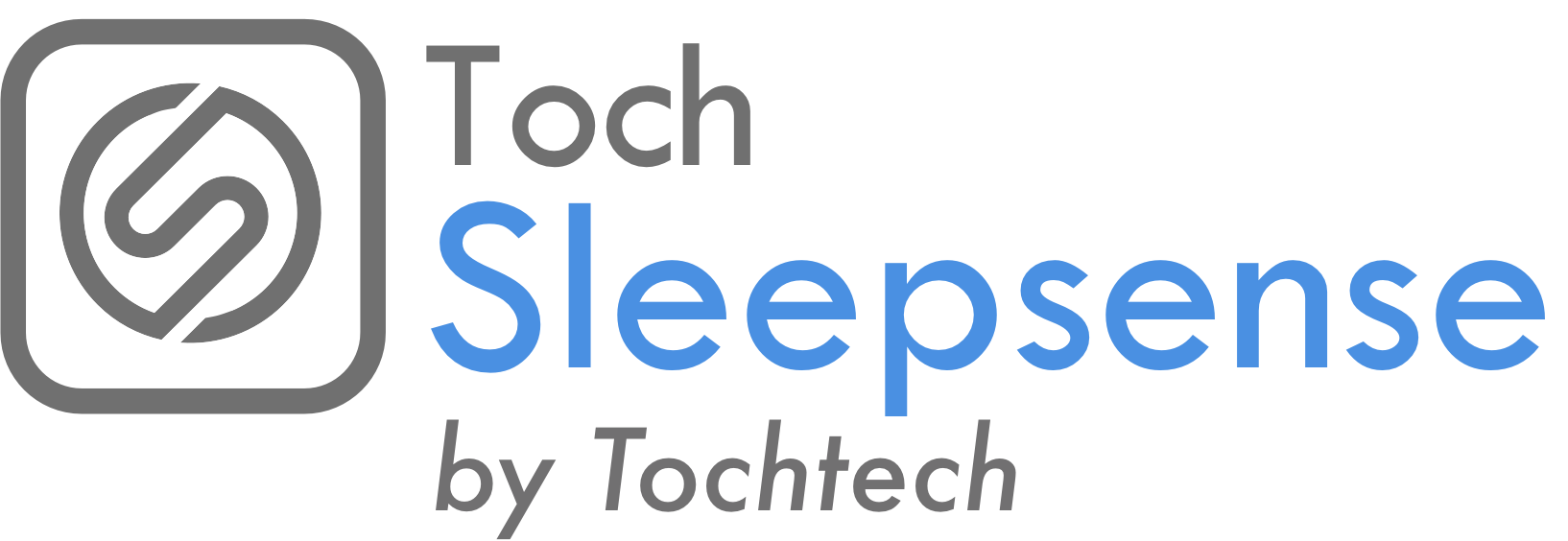Description: The goal of the testing was to determine the accuracy of the sensor and its capabilities through a series of laboratory objective tests that simulate the real-world use case scenarios that would be expected. Static loading testing and scenario-based testing was conducted in order to achieve the desired goal. The static loading testing was done with weights varying from around 15lbs (6.8kg) to 100lbs (45.4kg) where the weight was placed and removed from the bed at different locations: the head, center, and foot to understand what the minimum subject weight that would provide 100% correct sensor results.
Toch Sleepsense Laboratory Testing by Carlton University and AGEWELL SAM3
Summary of conclusion: For the most part, the results obtained were the ones expected (correct) and the sensor performed without error except for the scenarios which used lower weights for the human subject near and below the minimum weights identified within the static load testing. The areas of false detection are explainable and not likely to be re-created in a real-life setting with the only exception of issues within some pediatric applications or for adult subjects that are very petite leading to a risk of false bed exits for these small adults if they roll fully to the side of the bed opposite the sensor. All testing was conducted on two beds, a typical residential bed as well as a hospital bed which weighed significantly more. It was found that the results for both beds were almost identical and that the significant weight difference of the actual bed did not affect the results as the sensors were re-calibrated when switching between beds per the manufacturer instructions.
